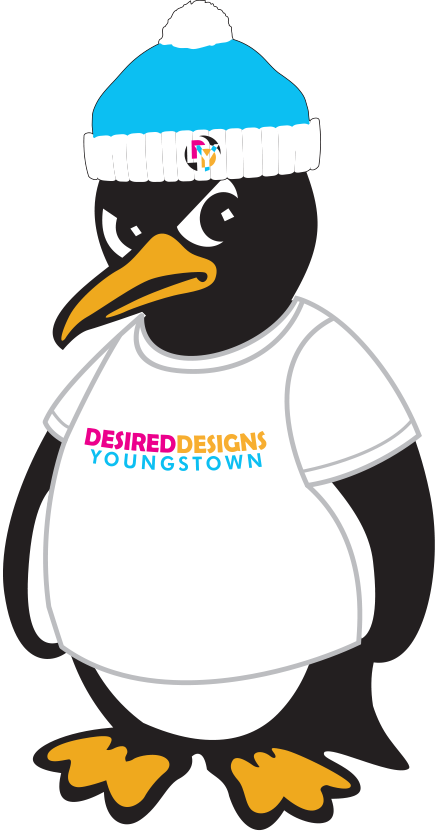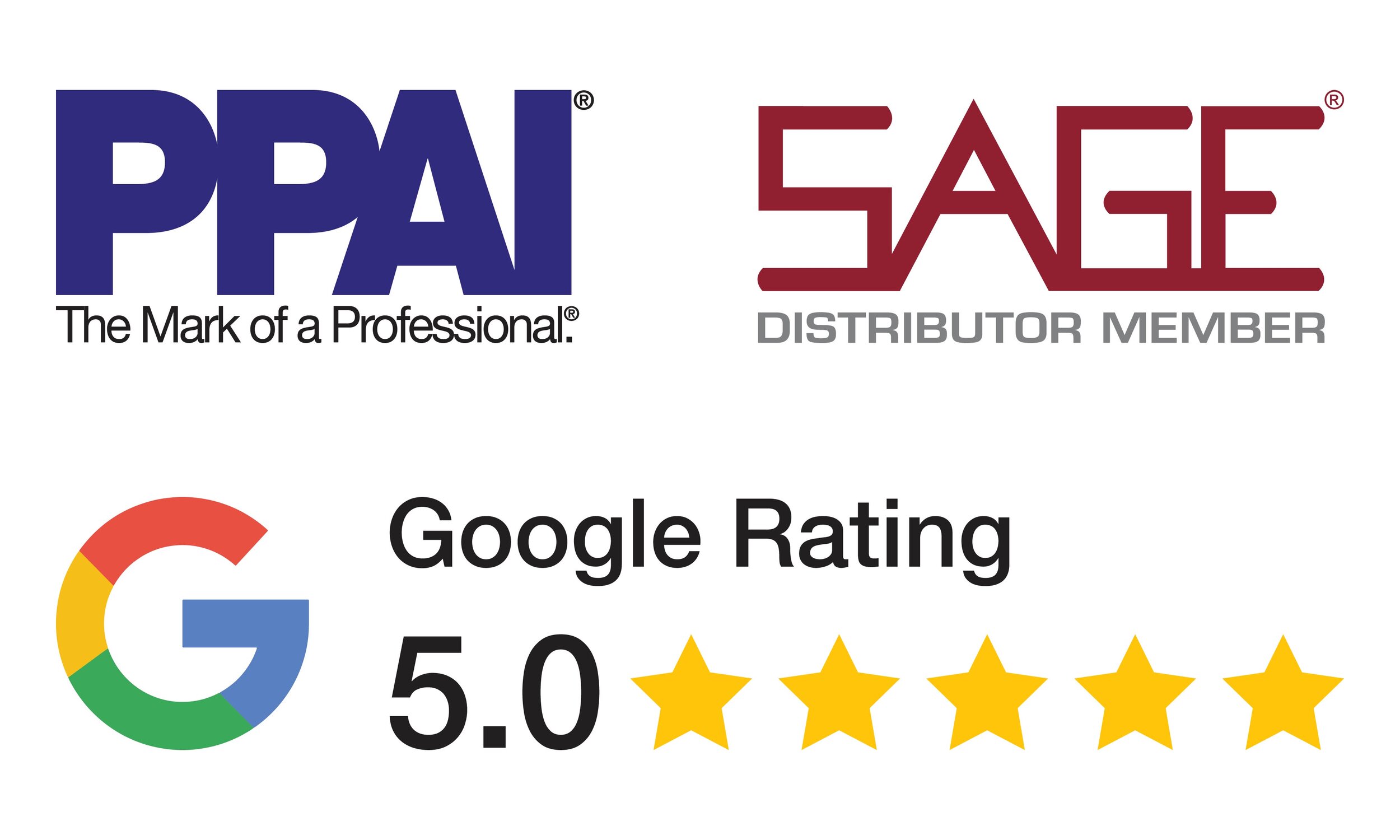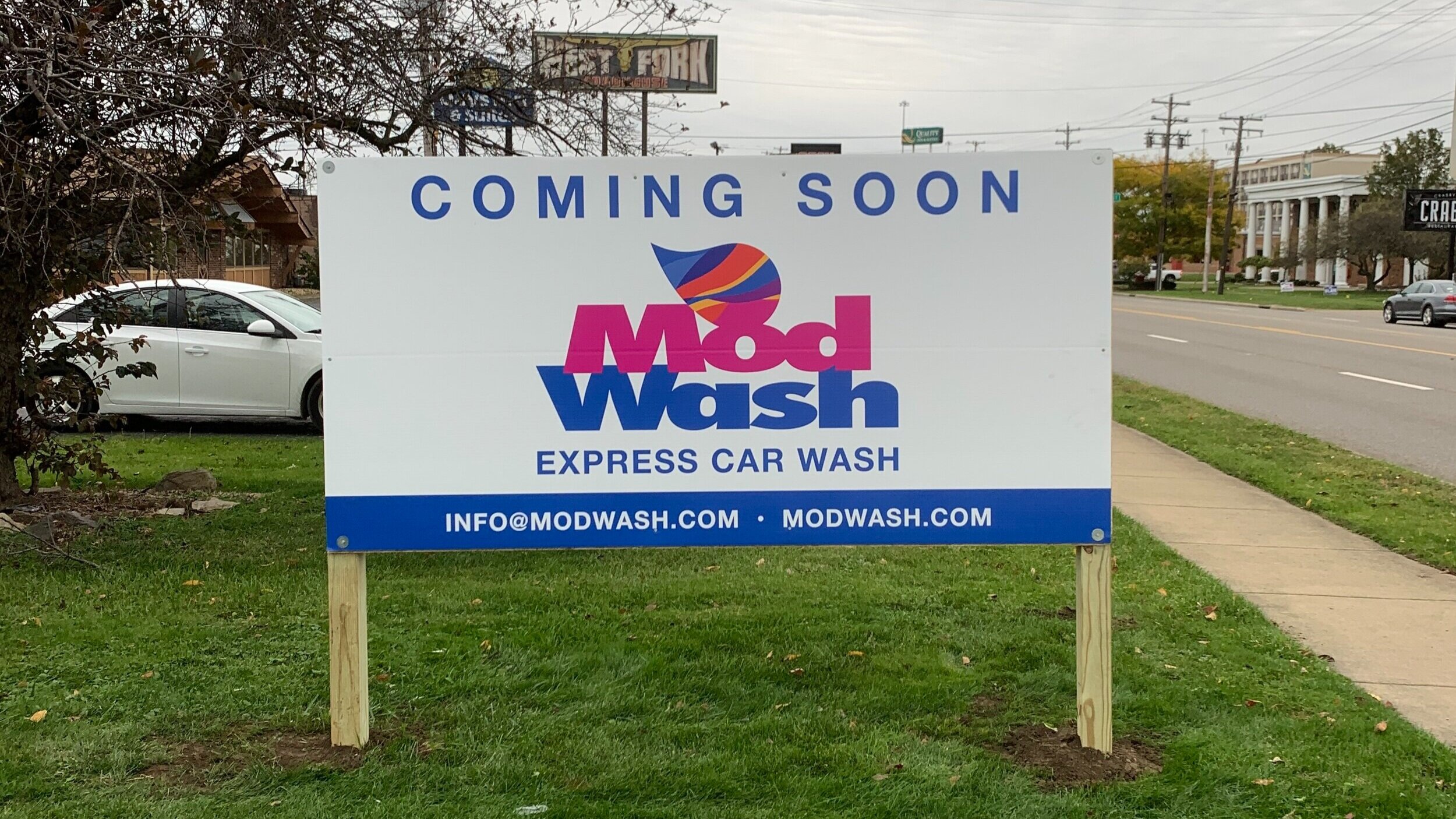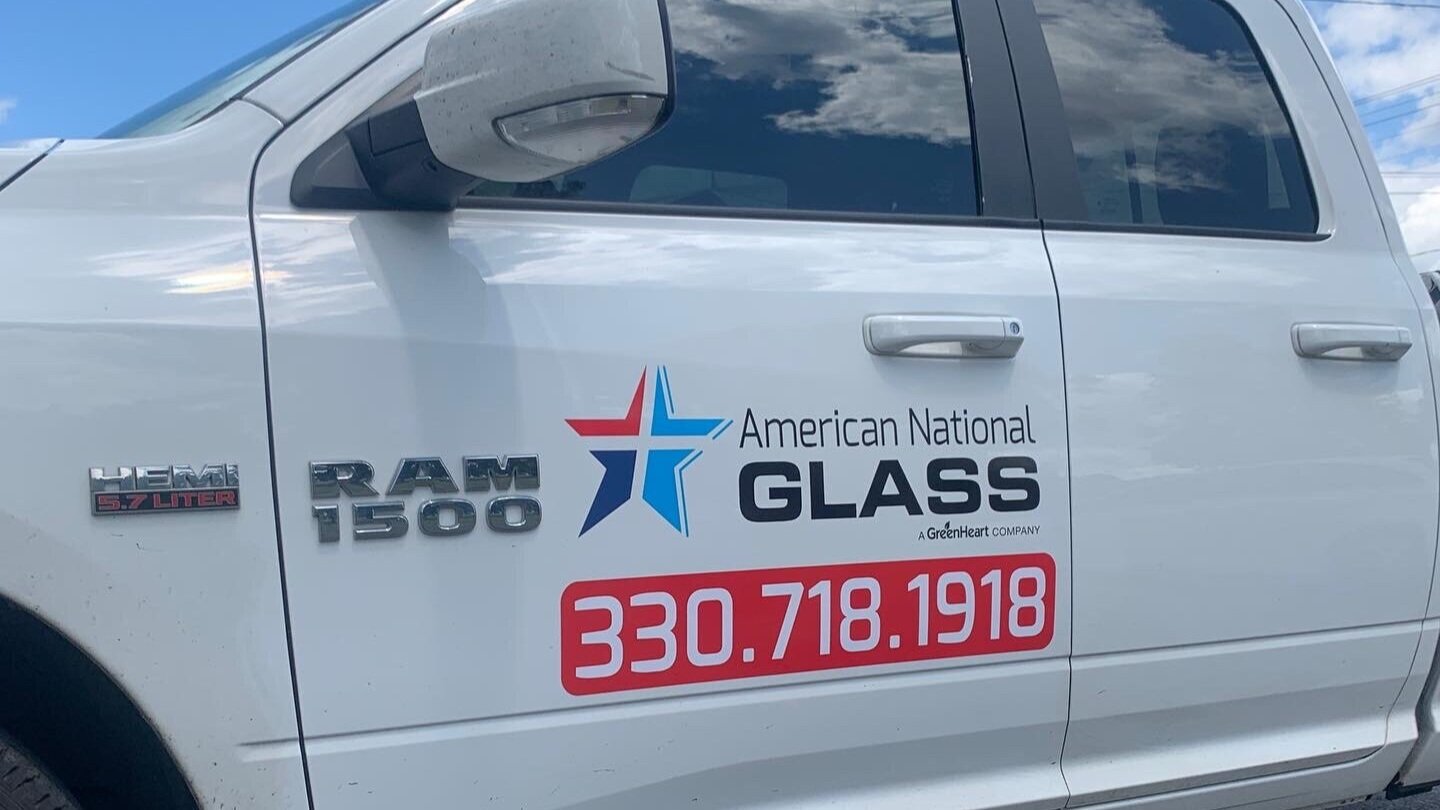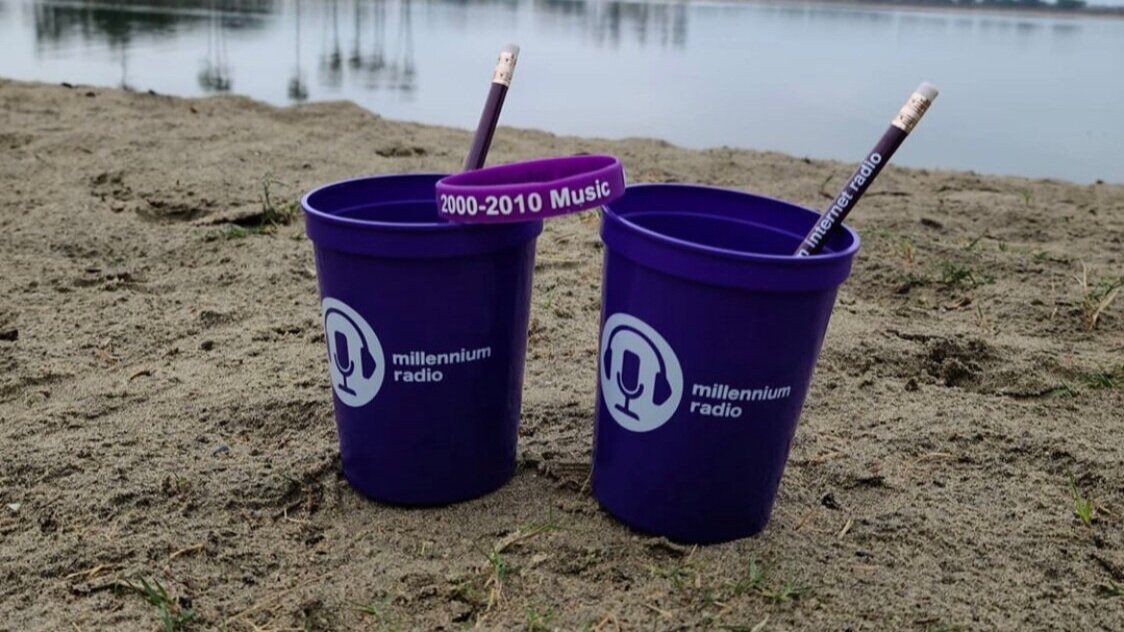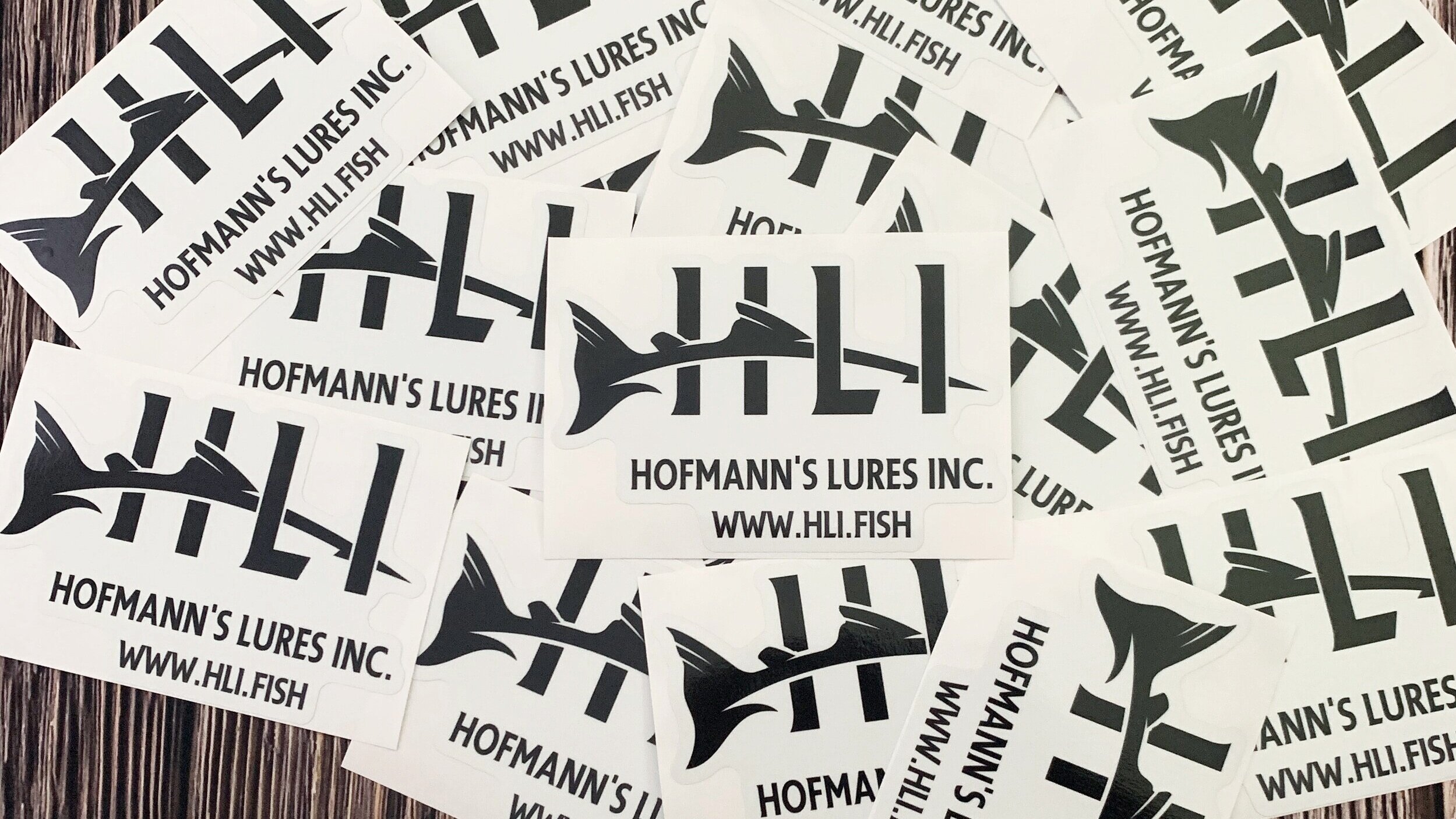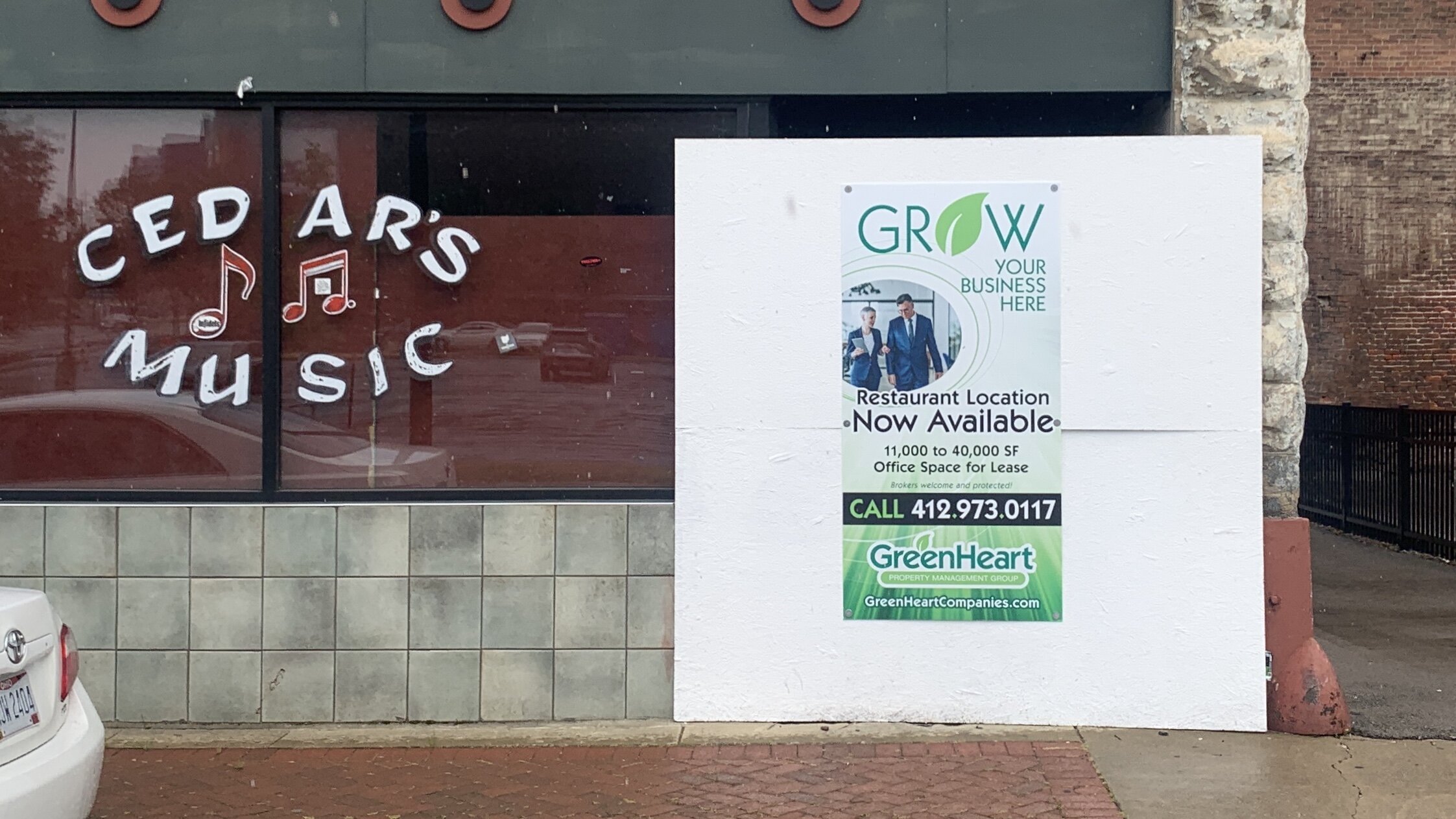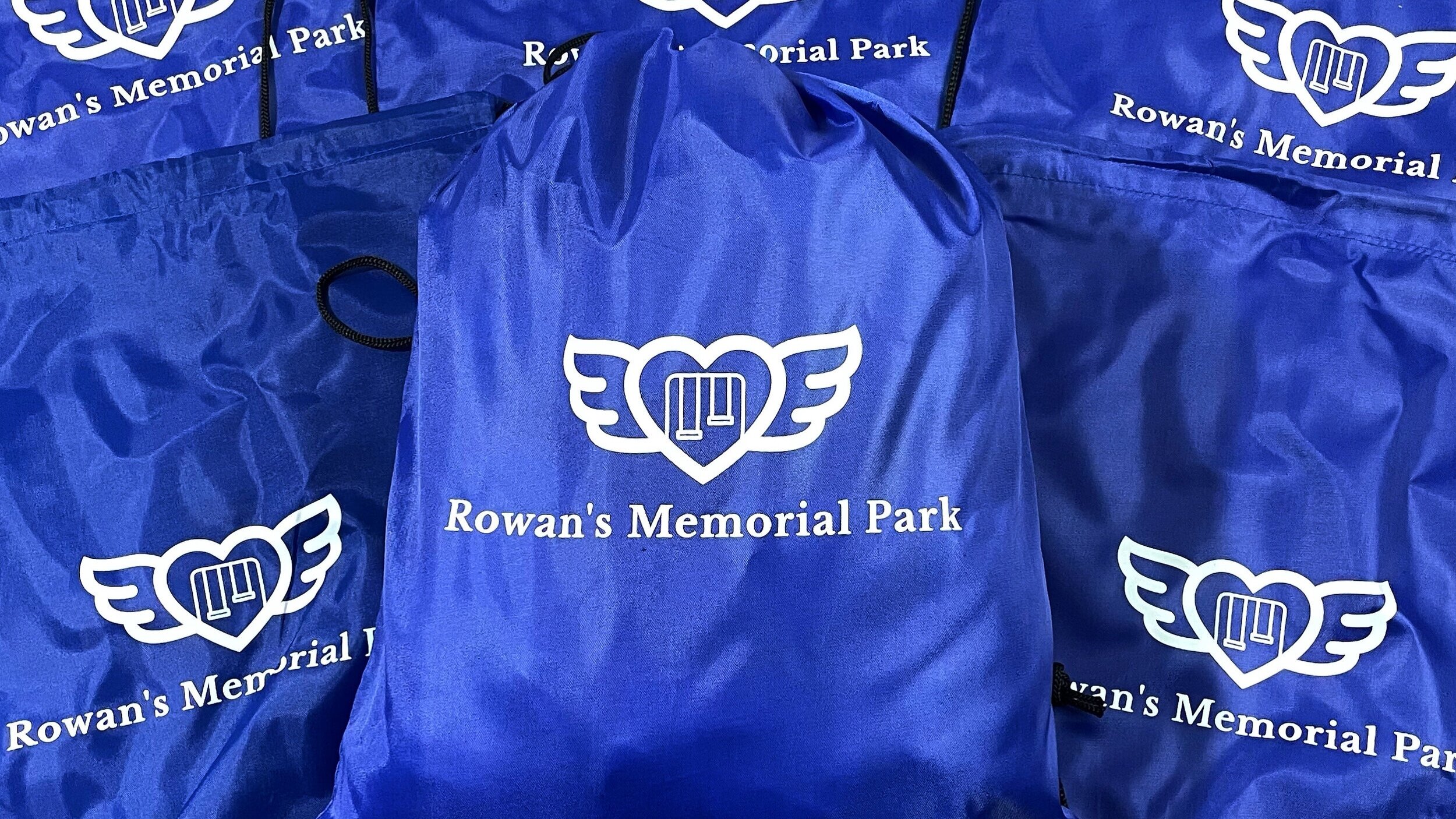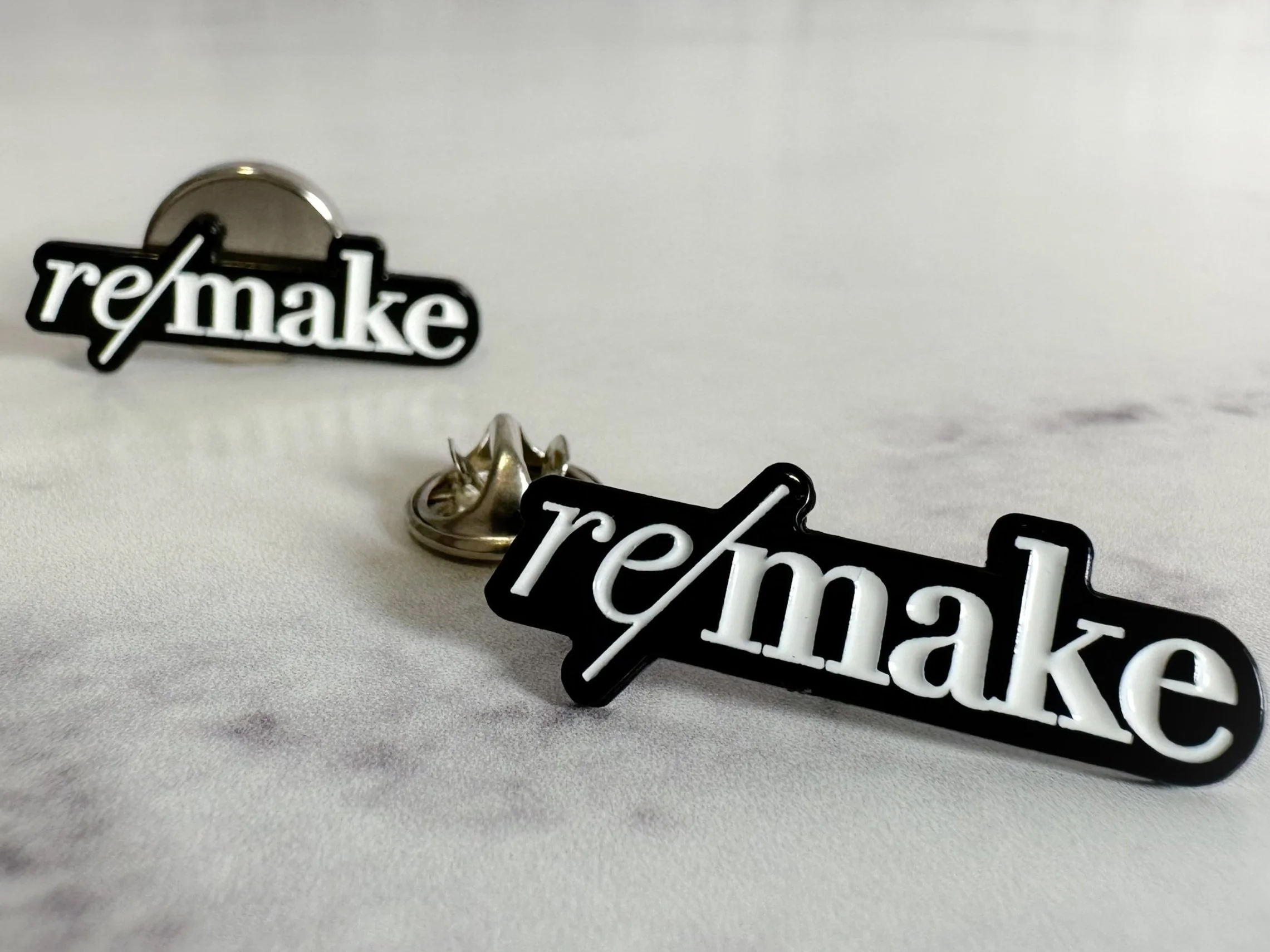APPAREL FAQ
If you need a quote or have any questions please contact us or fill out our quote form below and we will be happy to assist you.
What is your standard turnaround time?
From the time you approve the artwork for your order, we run 5-10 business days. Rush services are available upon request.
Do you have minimum quantities for custom orders?
Yes. For all embroidered apparel and accessories, a minimum quantity of 12 pieces is required. For screen printed apparel and accessories, the minimum is 24 pieces for most jobs. More complex jobs may require higher quantities.
Can I combine apparel styles to reach the minimum quantities?
In most cases, yes. If the garment can accommodate the design, combining styles is acceptable.
How large can you print?
We can print up to a 14" x 14" imprint area on apparel locations that will accommodate it.
How do I choose ink colors?
If you have PMS (Pantone Matching System) colors for your design, please send them with your artwork. If you need help choosing colors, our apparel design team will make recommendations for you based on the art provided and what will print best on the shirt colors you are printing on.
What kind of file types do you accept?
In order to get the best quality print on your shirts, it is important that you provide us with the highest quality artwork you can. If you do not have a high quality digital file, our artists can assist you in preparing your files at an hourly rate.
Preferred file types: (.pdf, .ai, .eps, .svg)
Raster Image vs Vector Artwork
A raster image (such as a photo) sized to 600x800 pixels is made up of 600 pixels (or small dots) across and 800 pixels from top to bottom. Trying to make this photo larger will only stretch those pixels, not add more, thereby losing the crispness of the original image.
Vector art is made from a series of mathematical curves, points, and paths. Because vector art is not comprised of a certain number of dots (like raster images), it can be resized larger or smaller without loss of image quality due to it's mathematical base: the curves, paths, and points are simply recalculated to express the new size.
What is Screen Printing?
Screen printing is a printing method where ink is pushed through a screen onto fabric. The ink doesn’t soak into the fabric, but lays on top of the product.
With screen printing, a special screen has to be made for each element of your design. Once that’s done, the colors and elements of the design are applied layer by layer onto the garment. Screen printed apparel pricing will vary depending on order quantity as well as how many colors and locations will be printed.
What is Direct To Garment printing?
Direct-to-garment, or DTG, is a printing method that sprays the ink onto the garment. The ink then soaks into the fibers of the garment. It’s like printing on paper, but on clothing. DTG printers offer a lot of color options which means you can print detailed designs and photorealistic images with almost no color limitations. This is ideal for artwork with a lot of colors or artwork with gradient colors.
What is Embroidery?
The main advantage of using embroidery for apparel is longevity. Embroidered design is extremely durable and lasts a very long time. The price of embroidered apparel will basically depend on the number of stitches necessary to create the design. Although the cost for embroidered apparel is slightly higher than screen printed apparel you can save money by ordering your items in bulk.
What is Heat Transfer printing?
A heat transfer uses a combination of heat and pressure to print images onto t-shirts and other items. There are two main kinds of heat transfer methods: vinyl and digital print. Both methods require the use of a heat-press machine.
How Does a Vinyl Heat Transfer Work?
The vinyl heat-transfer process uses a machine to cut out letters and designs from pieces of colored vinyl. The full image is then pieced together on the garment and pressed with heat to transfer the image to the item. This method is best suited for printing team jerseys and sports apparel.
How Does Digital Print Heat Transfer Work?
A digital print heat transfer is accomplished through a process much like a home printer. The full graphic image is digitally printed onto high-quality paper using a special, solvent ink. When the paper is pressed to the promo item with heat, the ink adheres to the material and the graphic image transfers to the item. T-shirts and other garments printed using this method offer high-resolution images and are ideal for complex designs with many colors.
What is DYE SUBLIMATION PRINTING?
Sublimation printing is where the printer cleverly uses the sublimation process to dye a substrate (polyester fabrics or other items with a polymer coating or surface) by turning dyes from a solid into a gas and back into a solid again, while bonding with the polymer materials present in the substrate or product. Once the substrate is heat pressed, the printed design is permanently embedded in the fabric or polymeric material.
